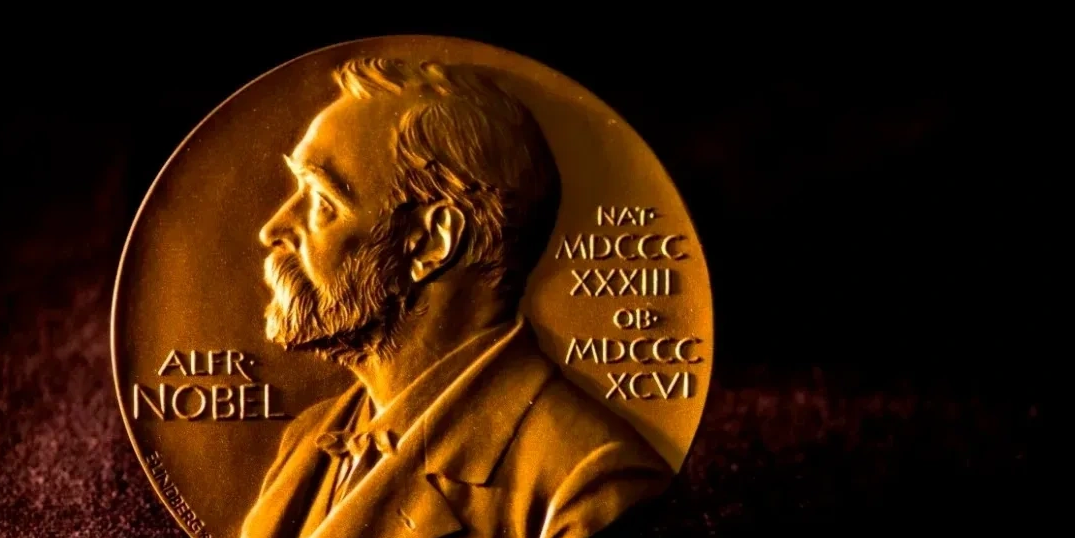An amateur Nobel dream

Not so long back yet over a quarter of a century before a dream, with no shape headed towards maturity. While dwindling amongst petals and thrones it ripped and visualised itself in Golden colours. Needless to mention, thrones on the way were relentlessly brutal, yet they taught not to settle for less, which the dreamer is grateful enough for. The lesson that has led all these hours of the journey is that of maintaining goal-oriented behaviour. Its rather presumptive from the caption, on which topic this blog elaborates, however, it can be mentioned as a disclaimer that, the usage of "amateur" is meant to afford some relaxation from the criticism of over ambitiousness, that this topic and specifically me writing on this may invite.
For someone, who initially considered Arts and Humanities as rather boring disciplines, coming to fall for Economics and Psychology has been a heck of an improvement in perception. Considering, the scholarship and professionalism demonstrated by Dr Raghuram Rajan in his years at the RBI happened to be the cornerstone of this love for economics. Unlike in RCTs, however, in this case for Doctoral theses Psychology has been brought back into the picture, jumbling up with Economics as Behavioural economics. Needless to mention the week of Nobel prize announcements has been a total celebration for the dreamer acknowledging that as the biggest recognition achievable in the field. Let that be watching the entire announcement, lecture, and interview videos or reading the handouts or reading papers and works by the laureates. The dreamer is thankful to the Sveriges Riksbank and the internet equally for all these.
Now, what does a dream look like? Here it is simple in terms of the results of doing worth remembering. In the downtime of life as a research student, a movie that has always been an inspiration is, "A Beautiful Mind". Catalyzing the urge for doing something novel that can come to the use of the world and can make the same an easier place to live on. The legends of John Nash Jr. in the movie explain how internal and external hardships don't deserve anything other than fight, love, and compassion. This specific dream cropping up from the urge can actually be called immature being held at an early stage, but this is all that the dreamer has as a resource at his end. All that matters.

Now, what does a dream look like? Here it is simple in terms of the results of doing worth remembering. In the downtime of life as a research student, a movie that has always been an inspiration is, "A Beautiful Mind". Catalysing the urge for doing something novel that can come to the use of the world and can make the same an easier place to live on. The legends of John Nash Jr. in the movie explain how internal and external hardships don't deserve anything other than fight, love and compassion. This specific dream cropping up from the urge can actually be called immature being held at an early stage, but this is all that the dreamer has as a resource at his end. All that matters.
Lastly, questions that pop up every year visualising the self at the place of laureates are, How can I do something that will matter? What are the most important questions to ask? An allured and immature dreamer often wishes to step abroad to get used to new developments and to get rid of the daily complaints about infrastructural bottlenecks. This has led to venture into all major and emerging fields of economic sciences where new and fantastic ideas and ways to serve society seem to be advancing. The rage that has always restricted from diversions and made the dreamer sit close and think, is the real prize and achievement of the lifetime. It must grow and never get old enough to rest.
The unforeseen future may bring hurdles and opportunities together, but one must just maintain the passion for the discipline, irrespective of their age and life.
Comments
Post a Comment